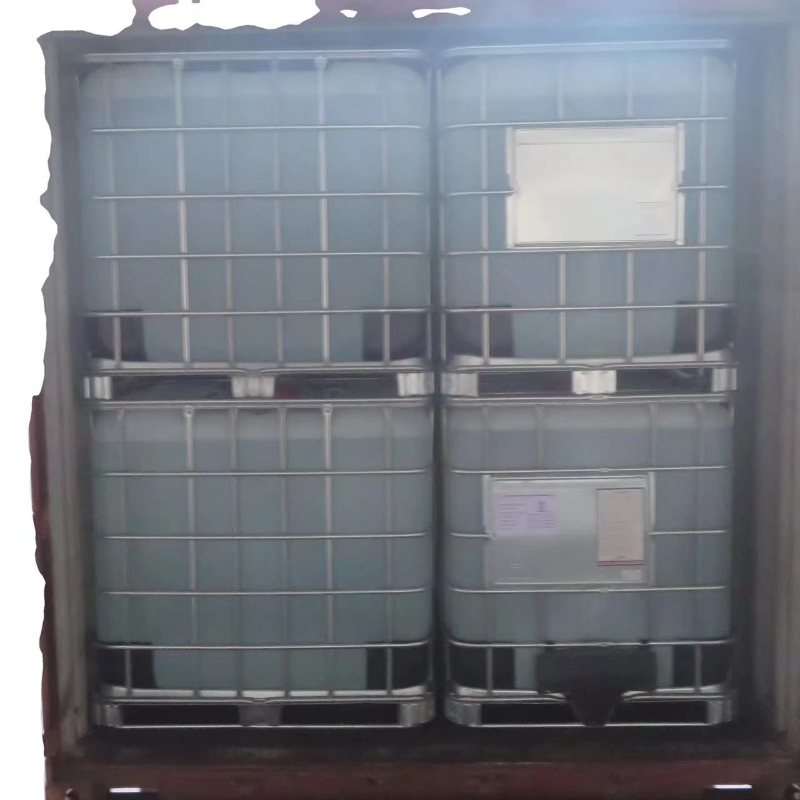-
Categories
-
Pharmaceutical Intermediates
-
Active Pharmaceutical Ingredients
-
Food Additives
- Industrial Coatings
- Agrochemicals
- Dyes and Pigments
- Surfactant
- Flavors and Fragrances
- Chemical Reagents
- Catalyst and Auxiliary
- Natural Products
- Inorganic Chemistry
-
Organic Chemistry
-
Biochemical Engineering
- Analytical Chemistry
- Cosmetic Ingredient
-
Pharmaceutical Intermediates
Promotion
ECHEMI Mall
Wholesale
Weekly Price
Exhibition
News
-
Trade Service
Studies have conducted in-depth studies on the qualitative chest CT findings of COVID-2019 pneumonia, quantitative chest CT (QCCT) methods and semi-quantitative lung severity score (LSS)
.
The typical chest CT findings of new coronary pneumonia include bilateral and multi-lobed ground glass shadows (GGOs), with posterior and peripheral distribution, with consolidation, thickening of the interlobular septum, and subsegmental pulmonary vasodilation (>3 mm)
Studies have conducted in-depth studies on the qualitative chest CT findings of COVID-2019 pneumonia, quantitative chest CT (QCCT) methods and semi-quantitative lung severity score (LSS) .
The typical chest CT findings of new coronary pneumonia include bilateral and multi-lobed ground glass shadows (GGOs), with posterior and peripheral distribution, with consolidation, thickening of the interlobular septum, and subsegmental pulmonary vasodilation (>3 mm) .
The short-term and mid-term chest CT results of patients with new coronary pneumonia have been reported in a number of studies, including qualitative and semi-quantitative methods; fibrosis is a common finding that symptoms begin a few weeks later .
The long-term acute pulmonary sequelae of new coronary pneumonia remains unclear .
New coronary pneumonia blood vessel
Andrea Laghi et al.
evaluated the comparison of lung injury and baseline chest CT in patients with new coronary pneumonia at a 6-month follow-up
.
evaluated the comparison of lung injury and baseline chest CT in patients with new coronary pneumonia at a 6-month follow-up
.
2020 On 3 March 2020, from 19 to 24 May, the new crown for medium and heavy pneumonia patients were prospectively followed up for 6 months
.
Analysis of CT qualitative performance, semi-quantitative lung severity score (LSS) and quantitative chest CT (QCCT) inflated lung
2020 On 3 March 2020, from 19 to 24 May, the new crown for medium and heavy pneumonia patients were prospectively followed up for 6 months
118 patients (62 women, average age 65 ± 12 years) had baseline and 6-month chest CT follow-up
COVID-19 at baseline and follow-up CT chest compare COVID-19
Comparison of lung severity score at baseline and follow-up
Comparison of lung severity score at baseline and follow-up(a) The ROC curve tests the performance of the baseline lung severity score in predicting fibrosis-like changes in chest CT during the 6-month follow-up.
The area under the curve (AUC) is 0.
91, 95%CI.
8-0.
97, when the cut-off value is >14 The sensitivity is 88% and the specificity is 80%
.
(B,c) ROC curve tests the performance of baseline quantitative chest CT (QCCT) analysis in predicting fibrosis-like changes at 6-month follow-up, expressed in percentages (b) and liters (c): (b) cutoff ≤ 3.
(a) The ROC curve tests the performance of the baseline lung severity score in predicting fibrosis-like changes in chest CT during the 6-month follow-up.
The ROC curve tests the performance of clinical (blue line), radiology (green line) and combined models (orange line) in predicting the presence of fibrotic-like changes during a 6-month follow-up chest CT
.
The AUC value of the clinical model is 0.
The ROC curve tests the performance of clinical (blue line), radiology (green line) and combined models (orange line) in predicting the presence of fibrotic-like changes during a 6-month follow-up chest CT
In the 6-month chest CT follow-up, 72% of patients showed late sequelae: fibrosis-like changes were the most common residual manifestation (72%), followed by ground glass density (42%)
Original source
P ostacute Sequelae of COVID-19 Pneumonia: 6-month Chest CT Follow-up.
P ostacute Sequelae of COVID-19 Pneumonia: 6-month Chest CT Follow-up.
ostacute Sequelae of COVID-19 Pneumonia: 6-month Chest CT Follow-up.
Leave a message here







